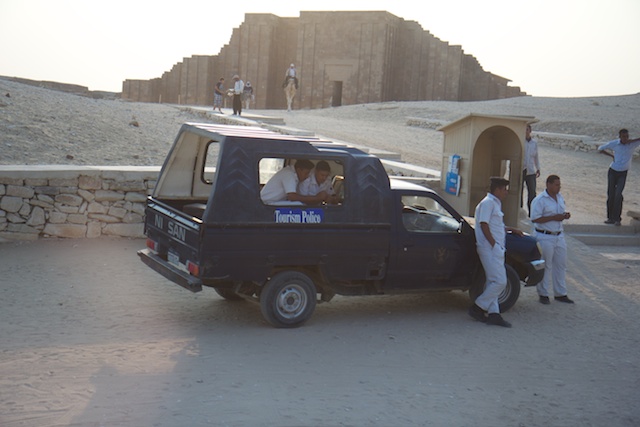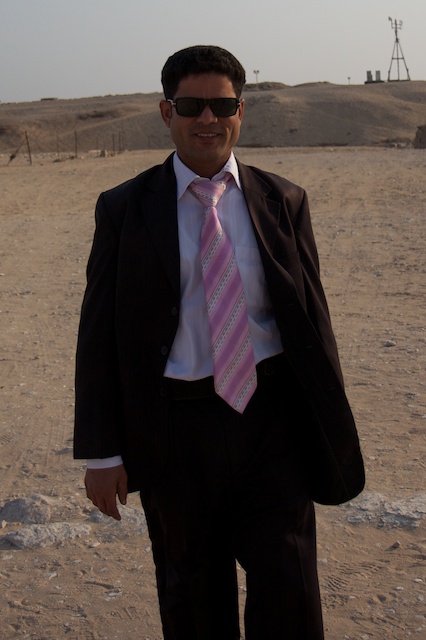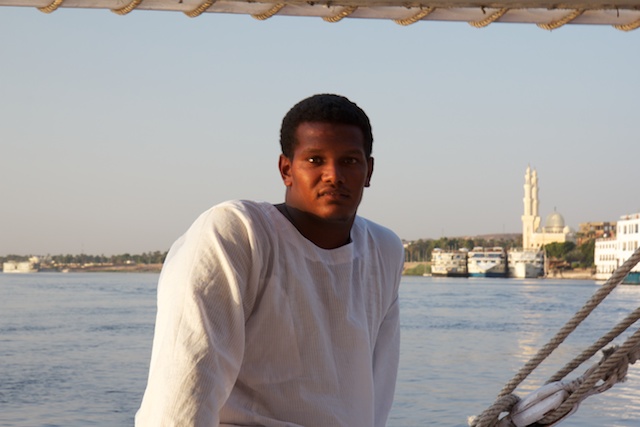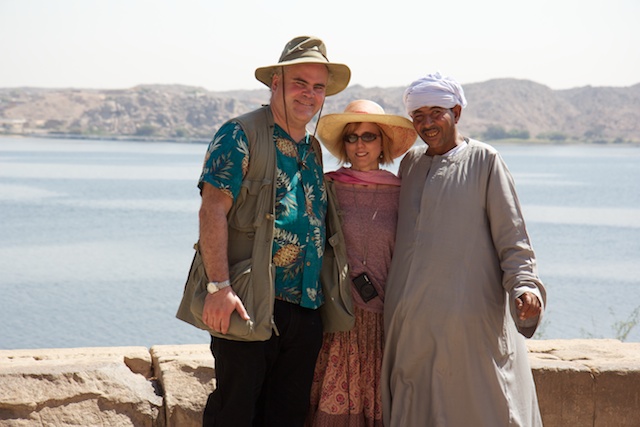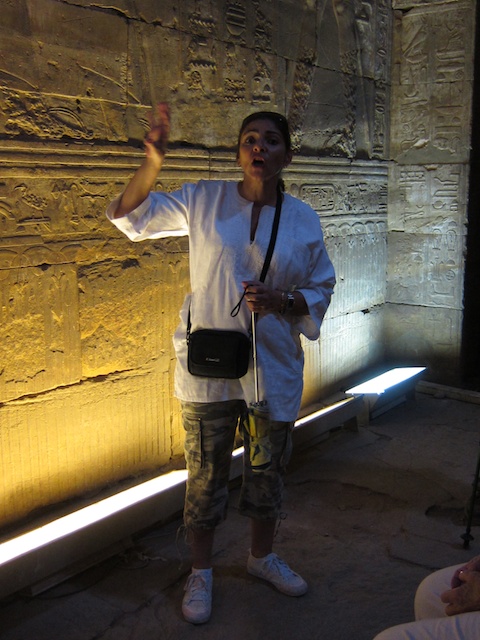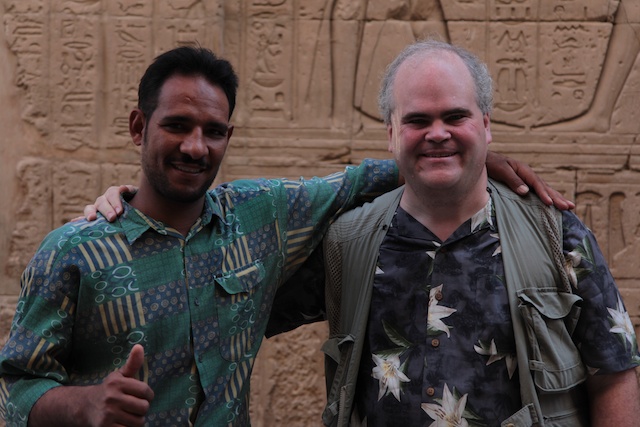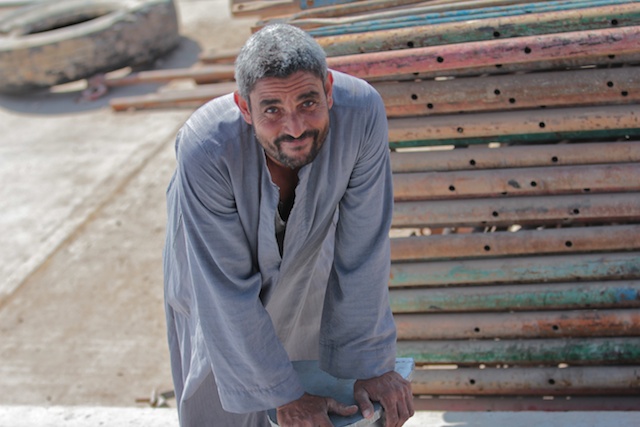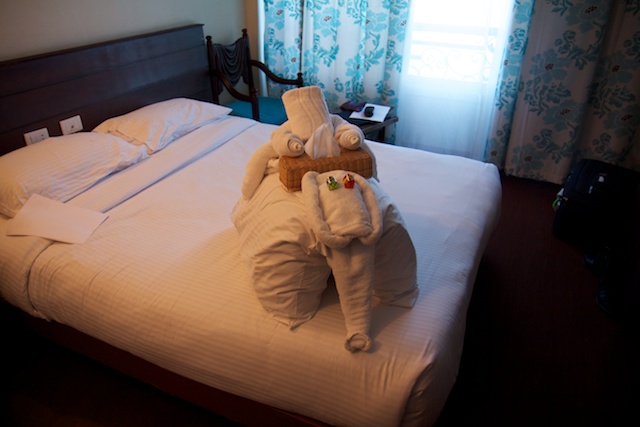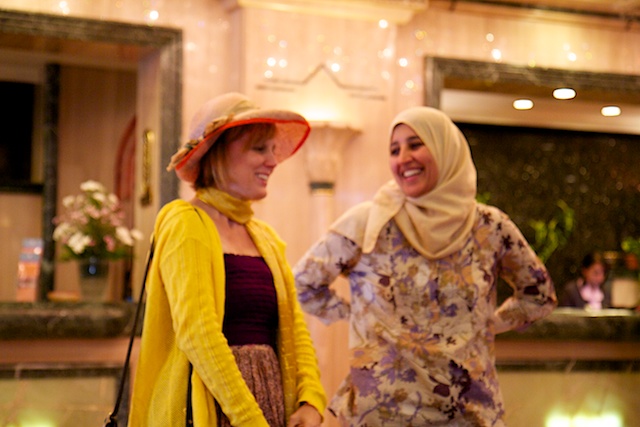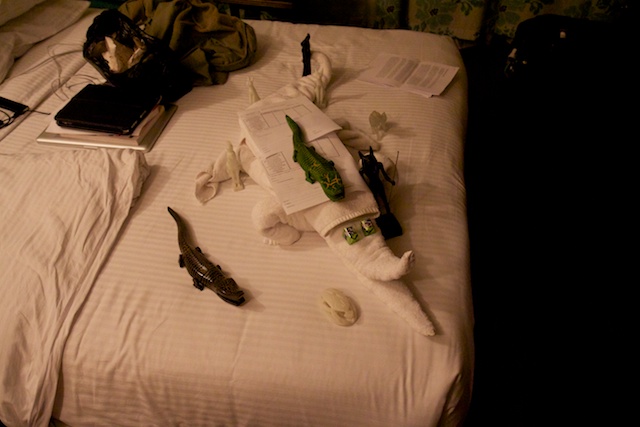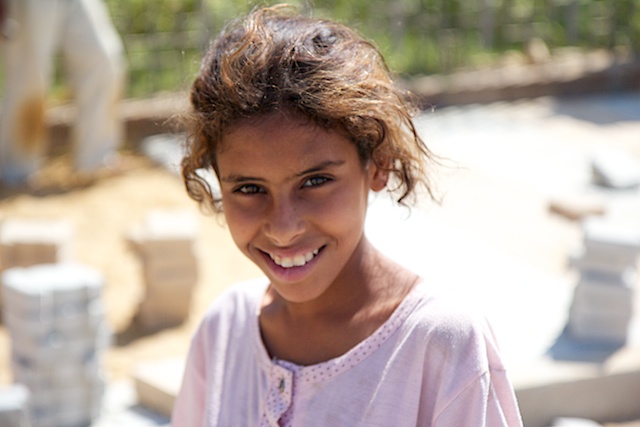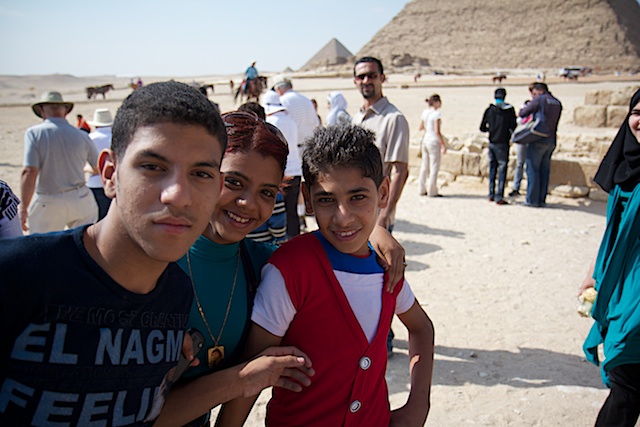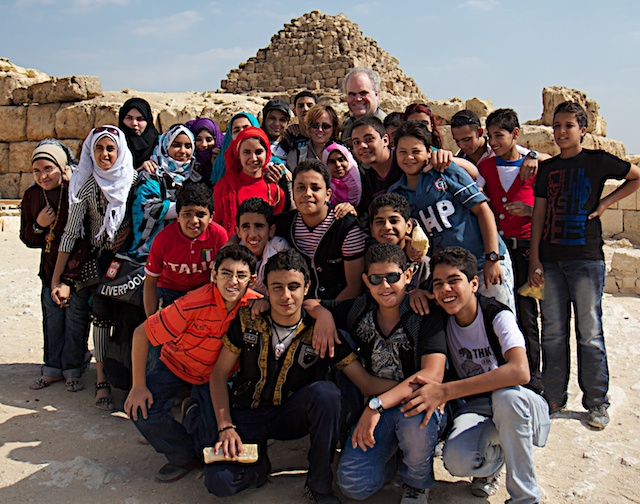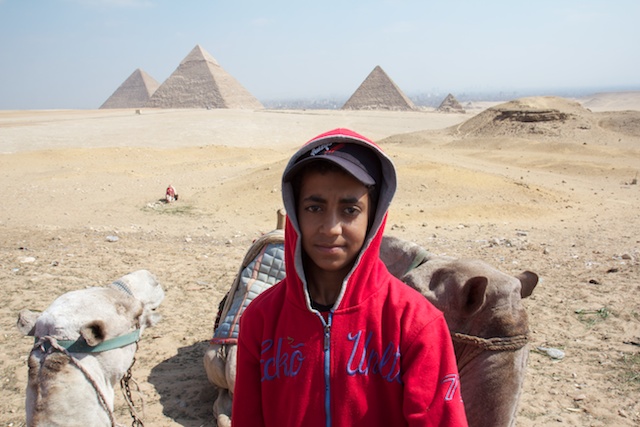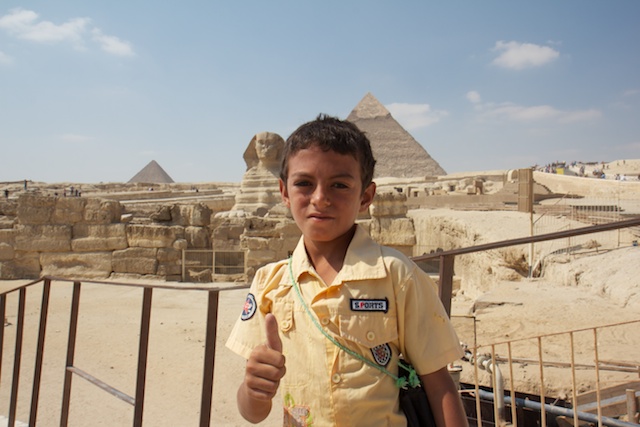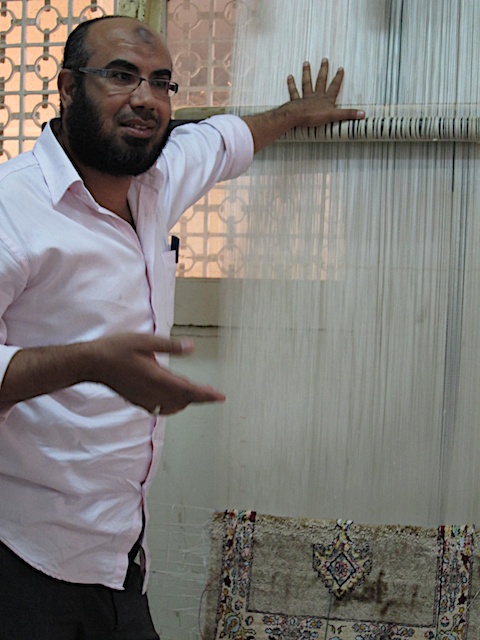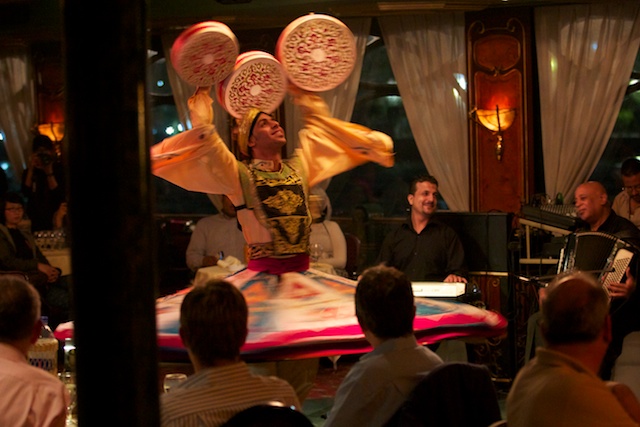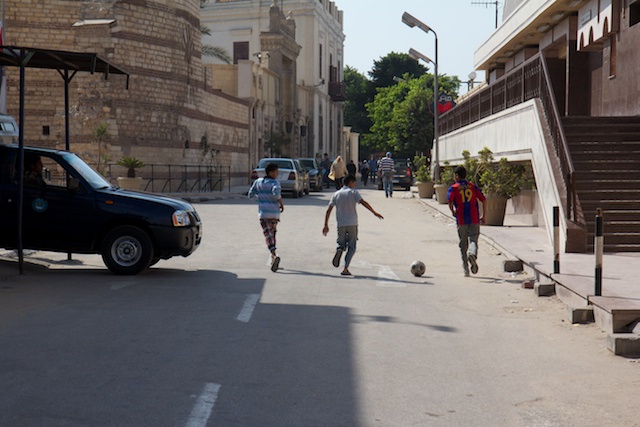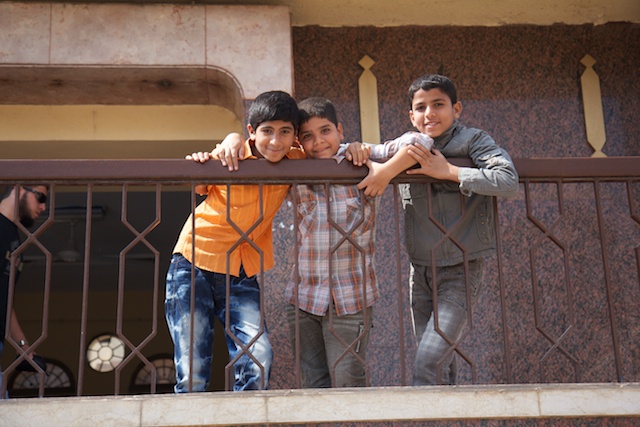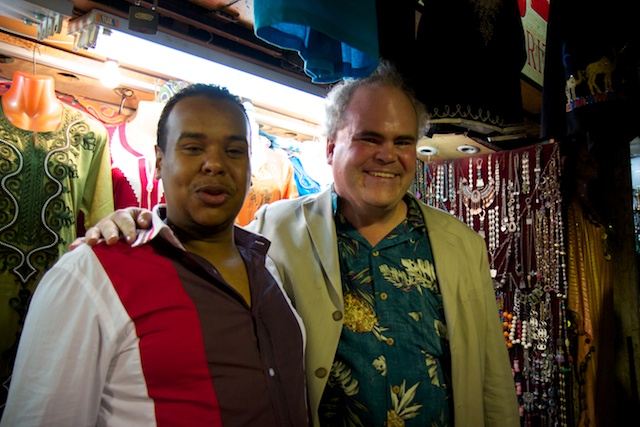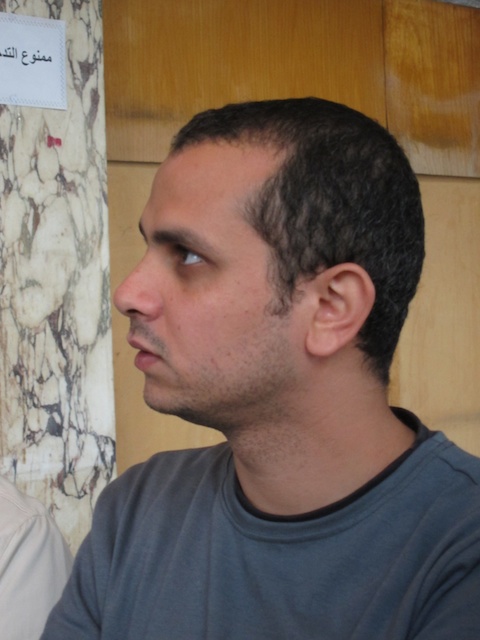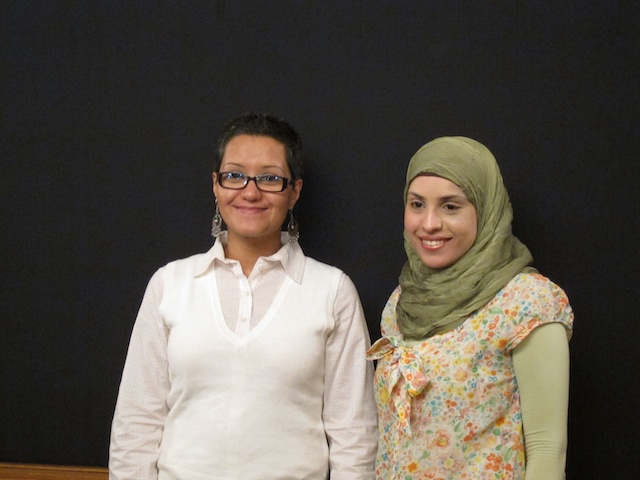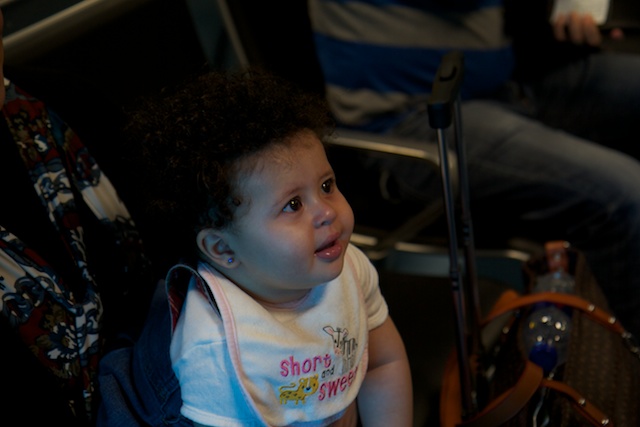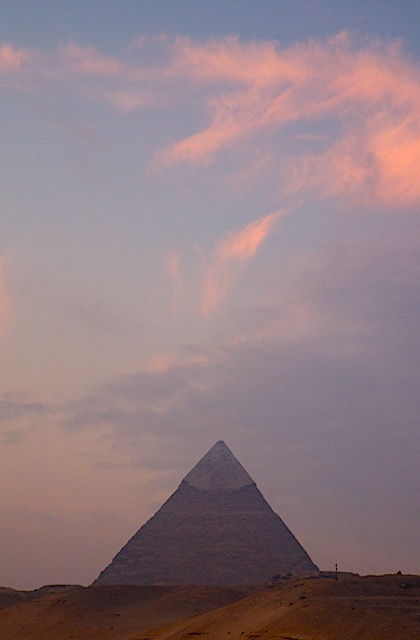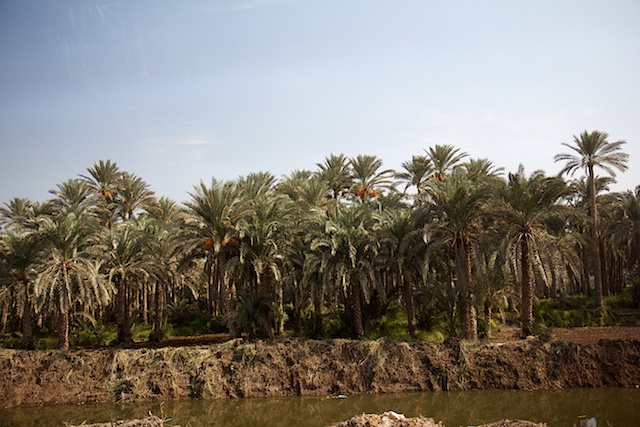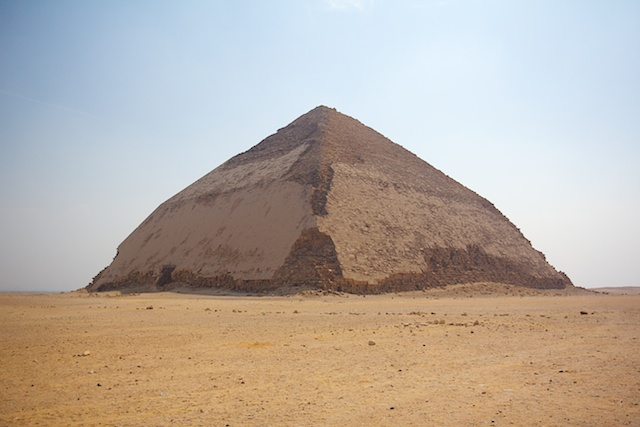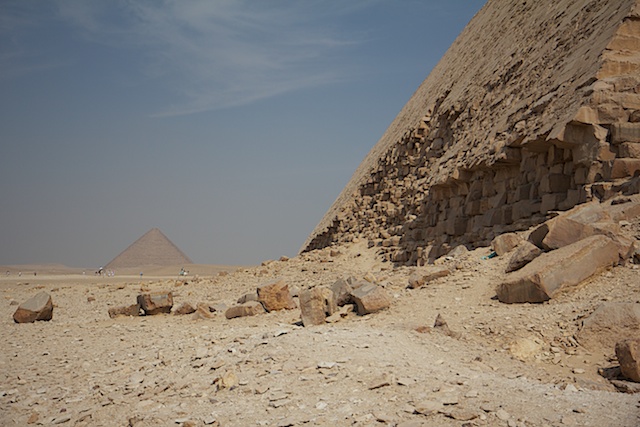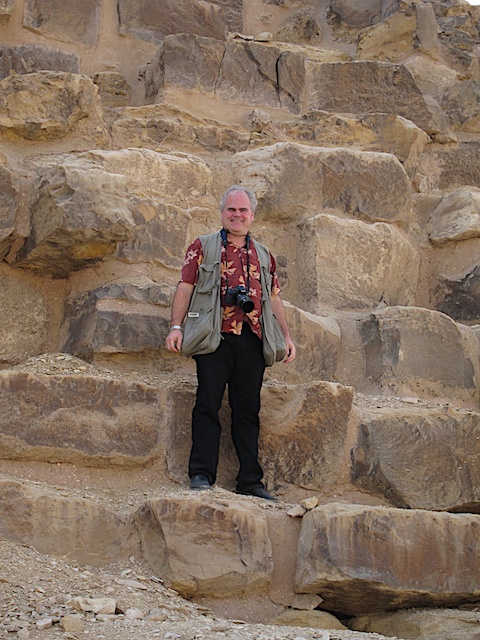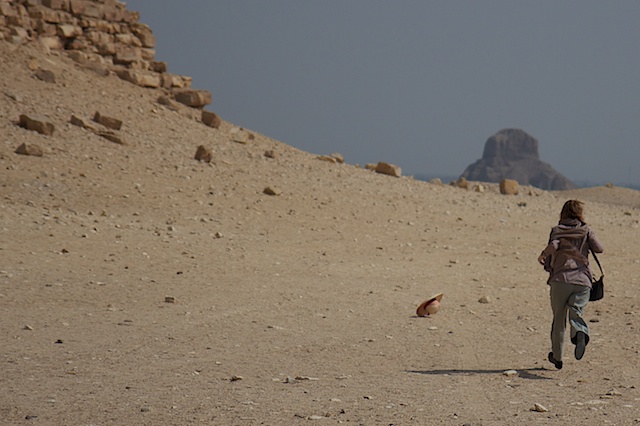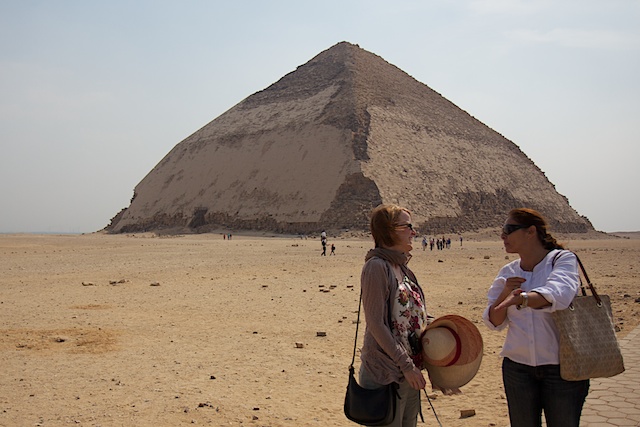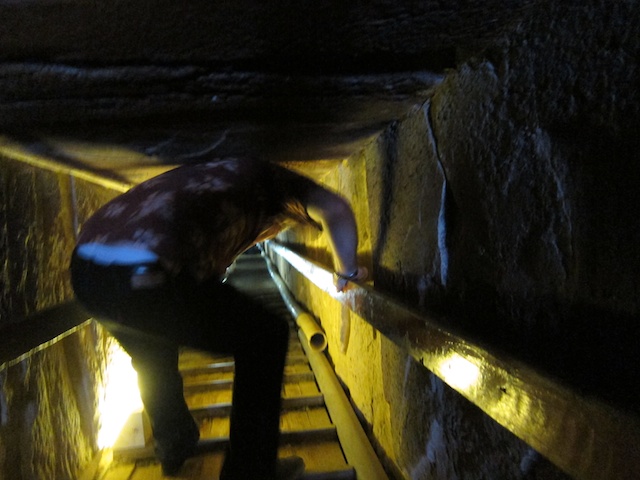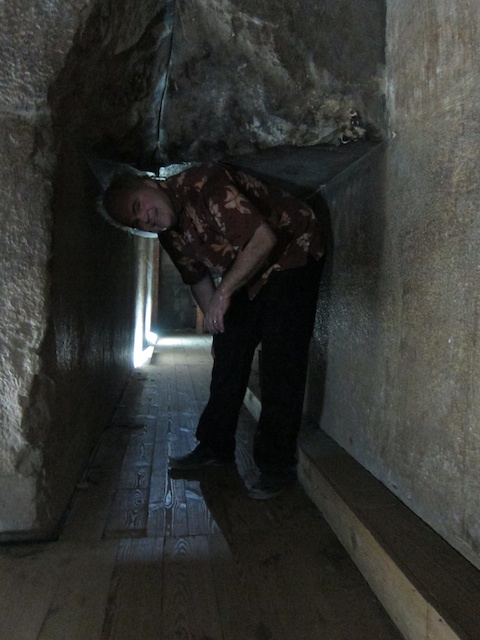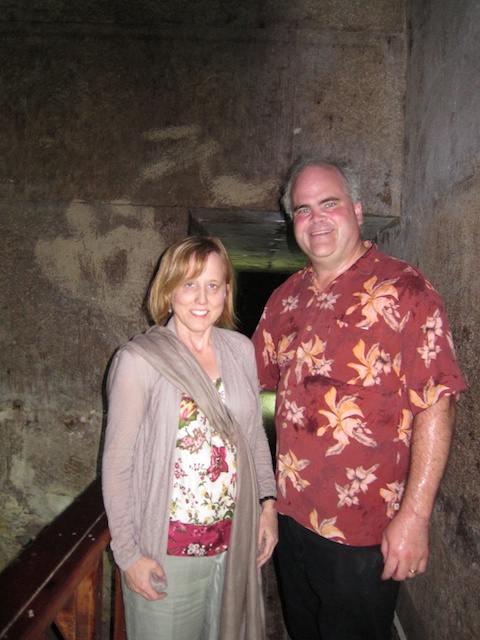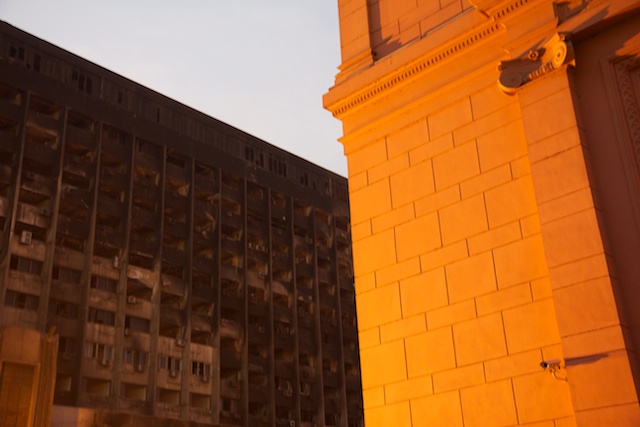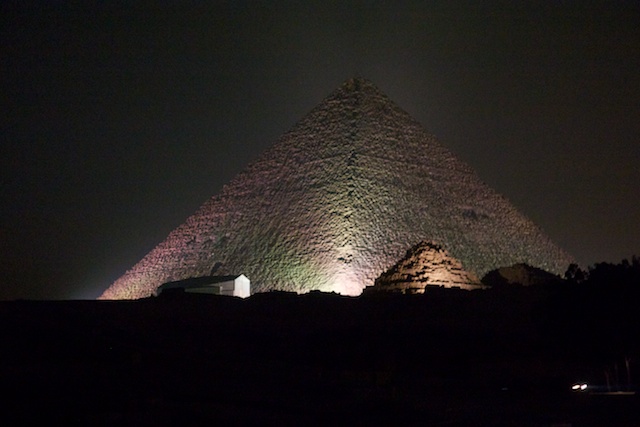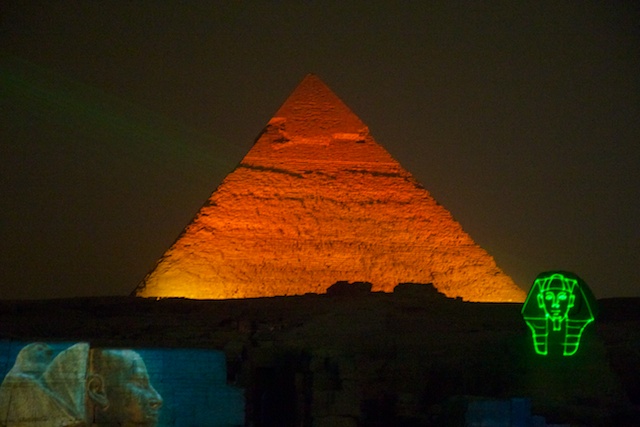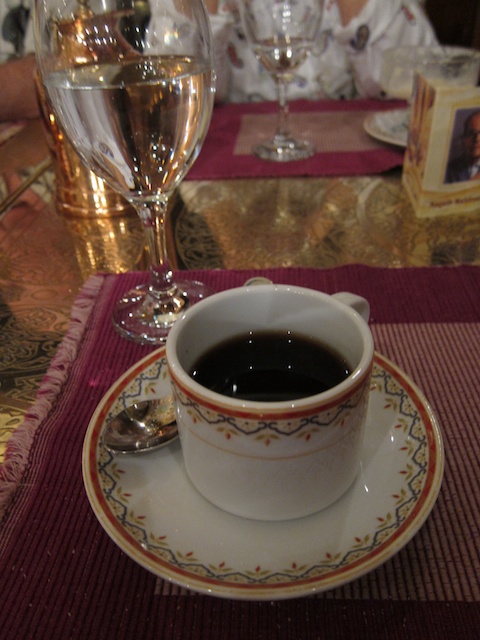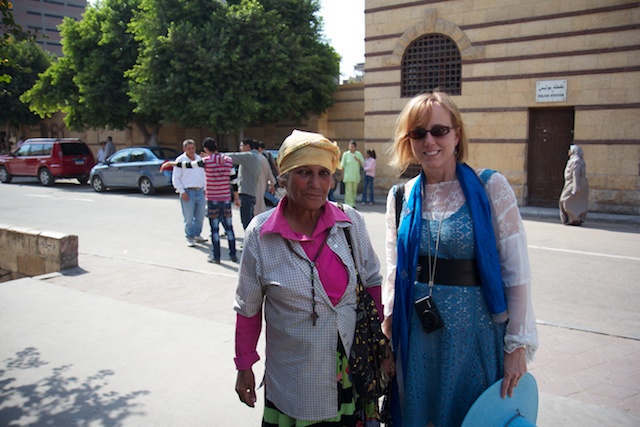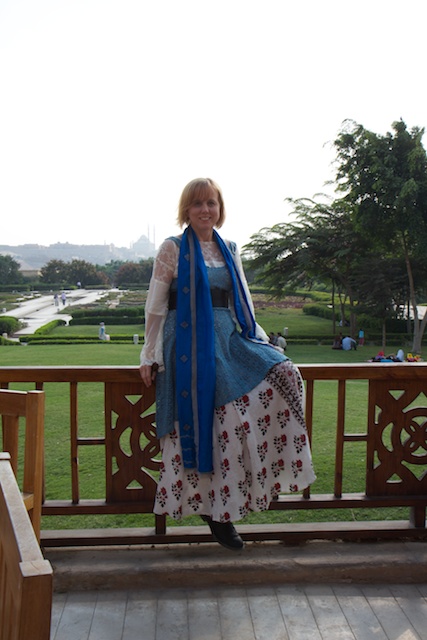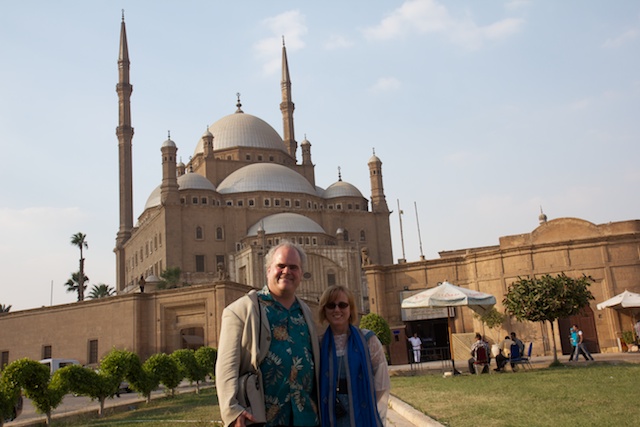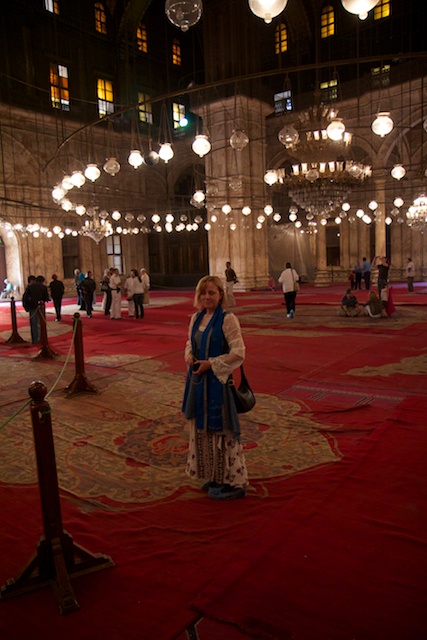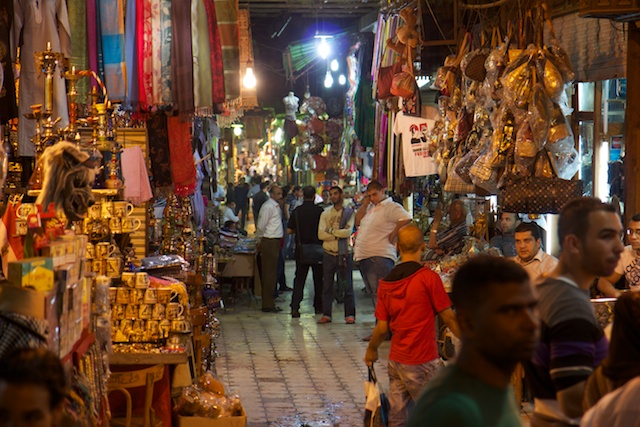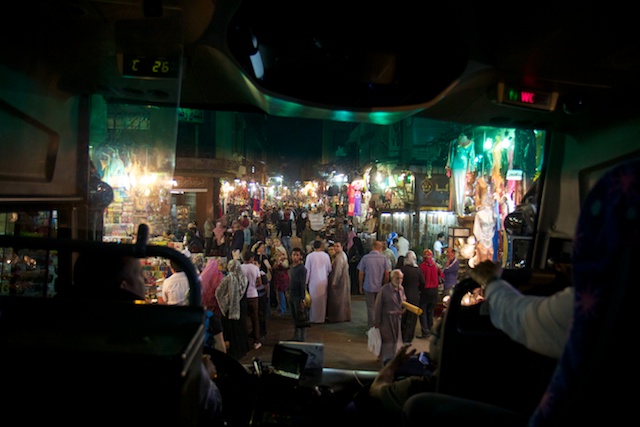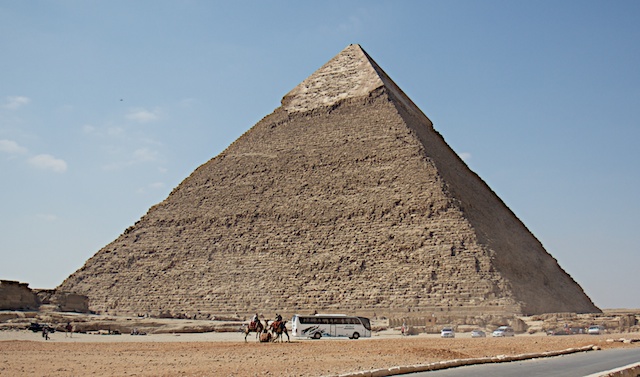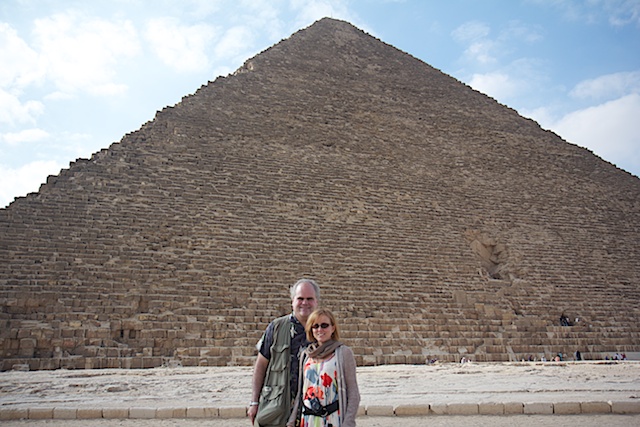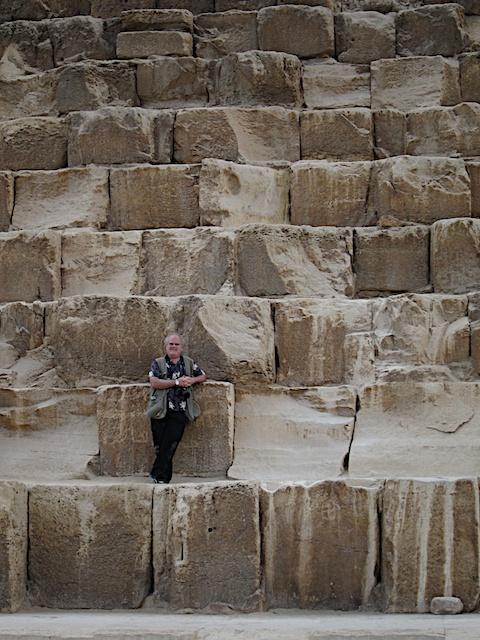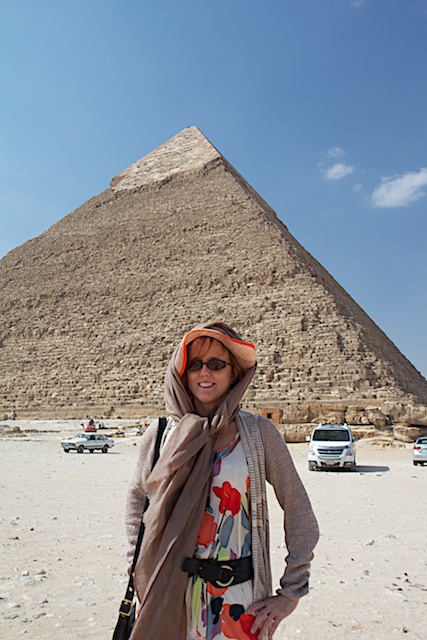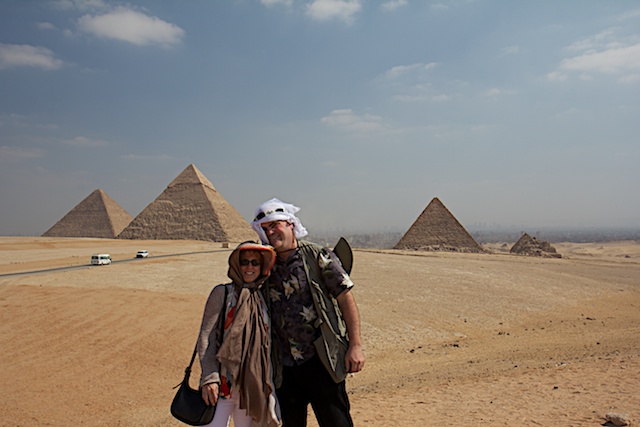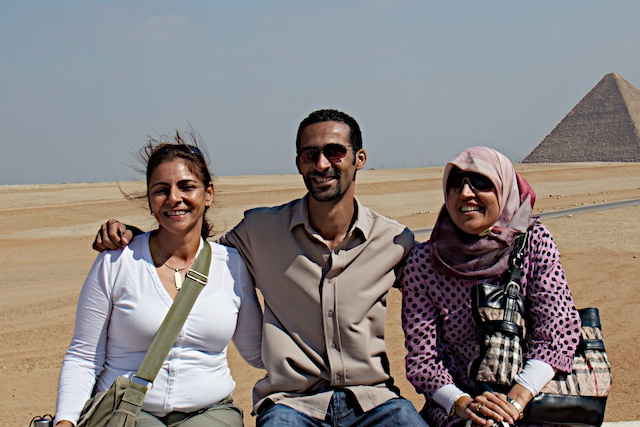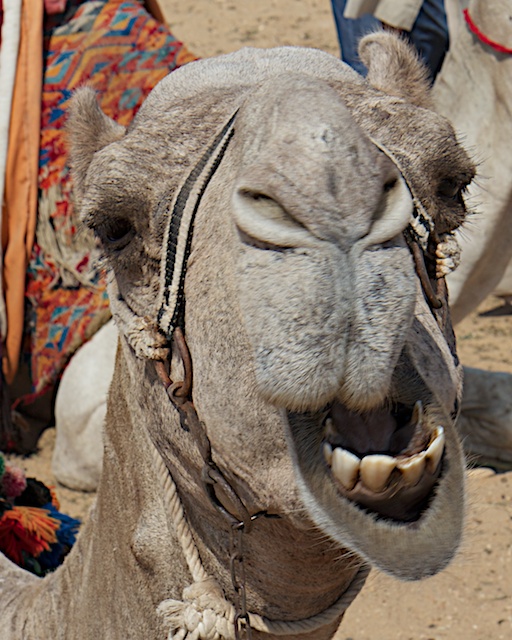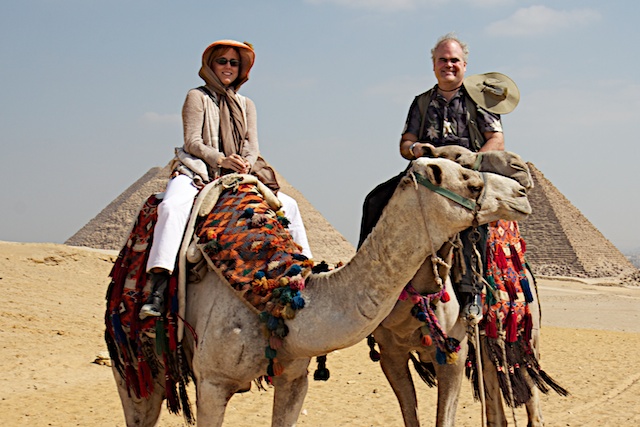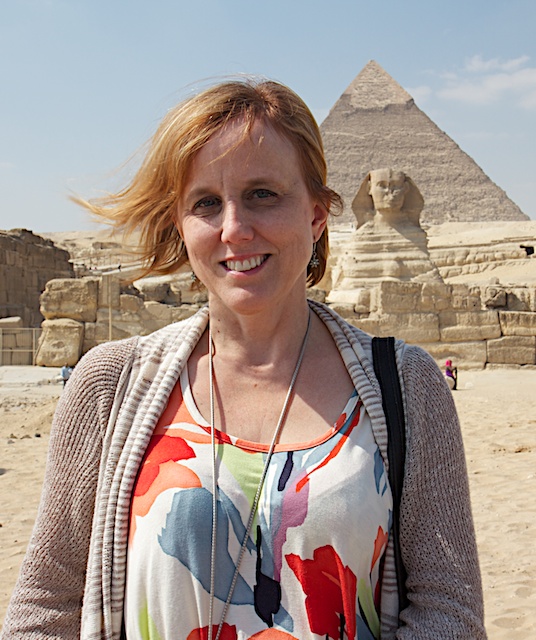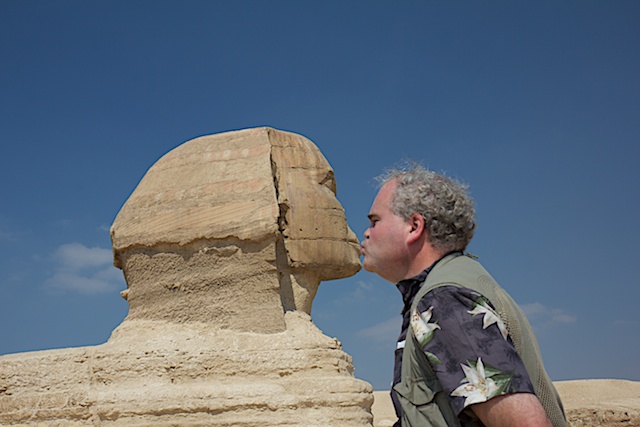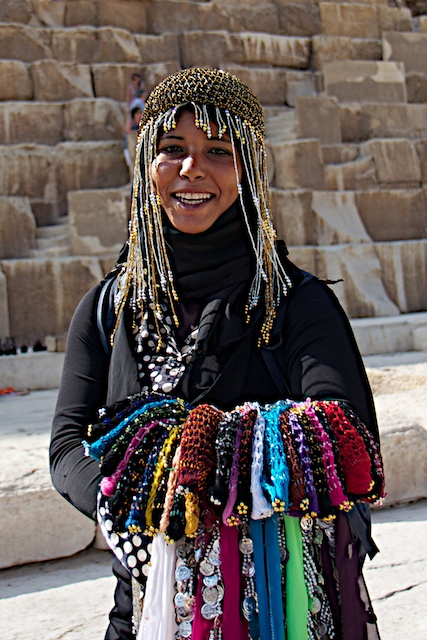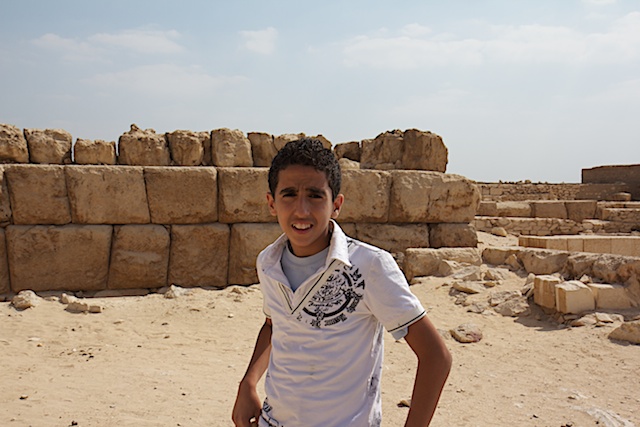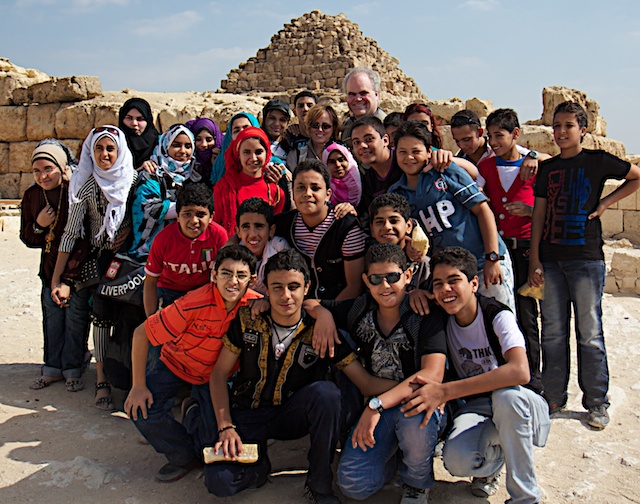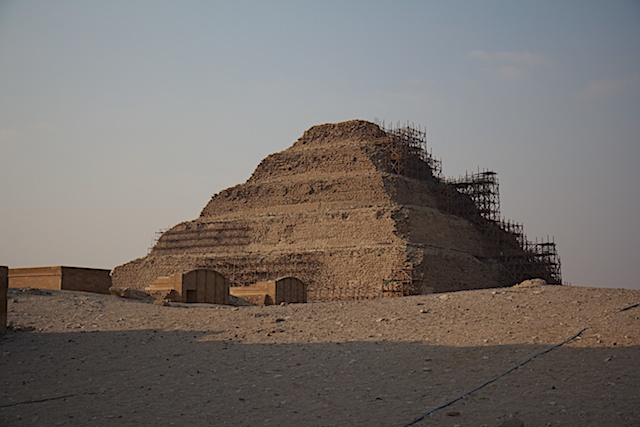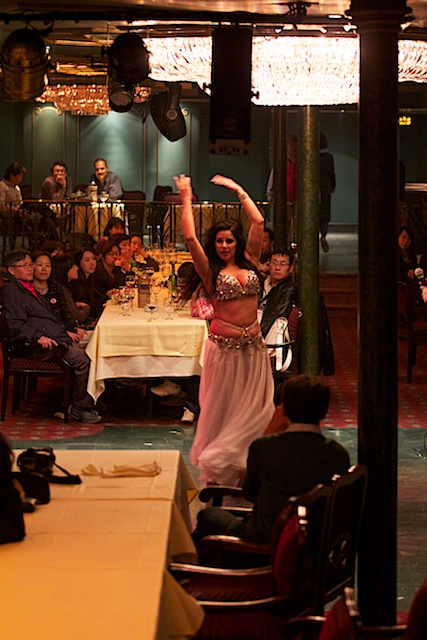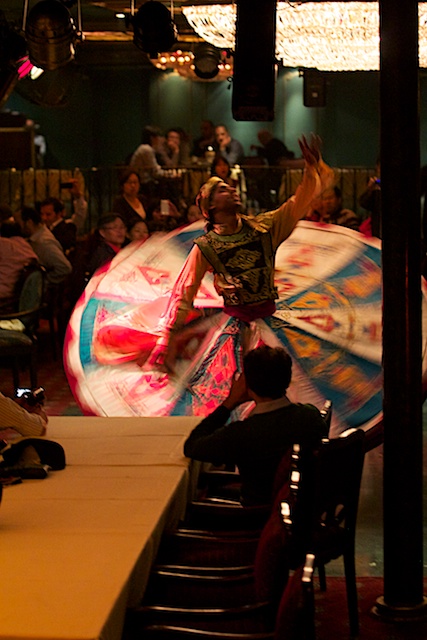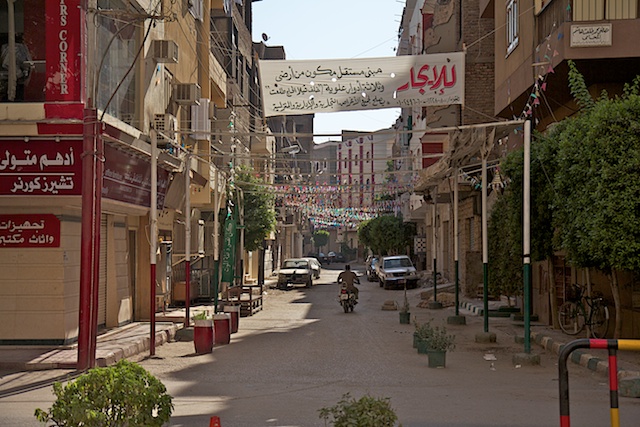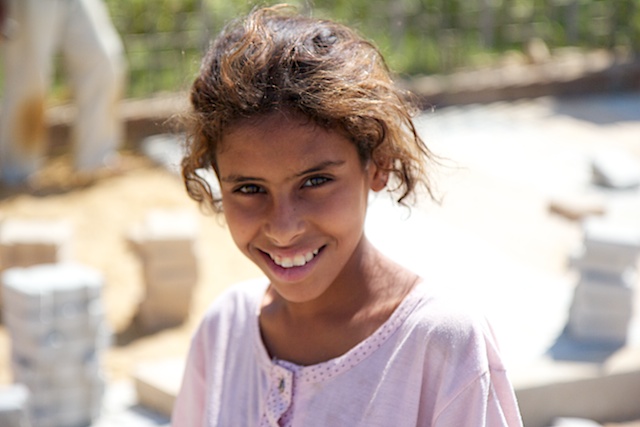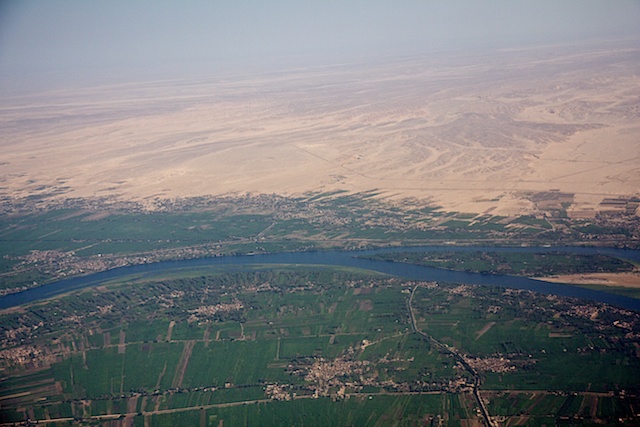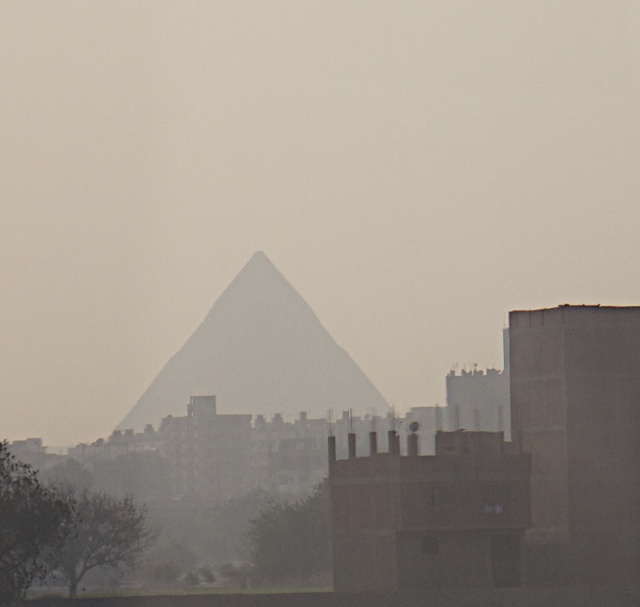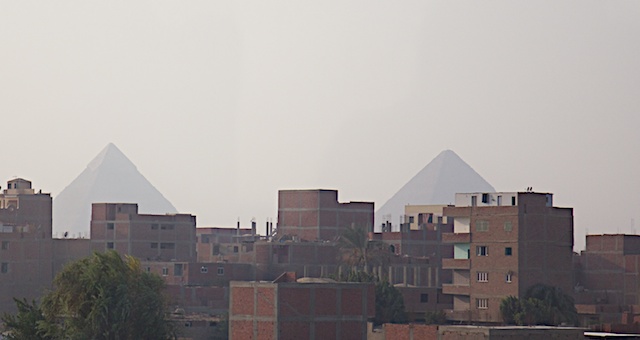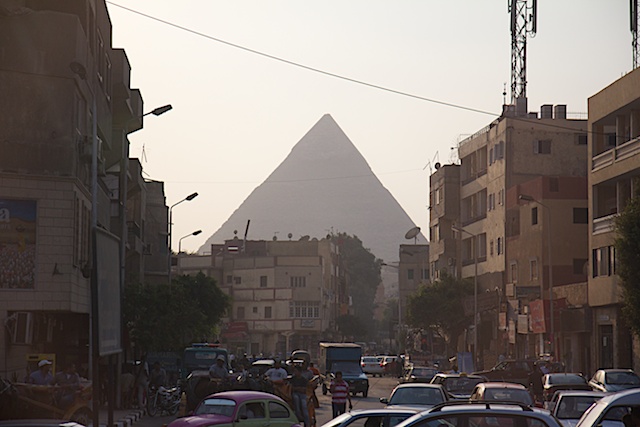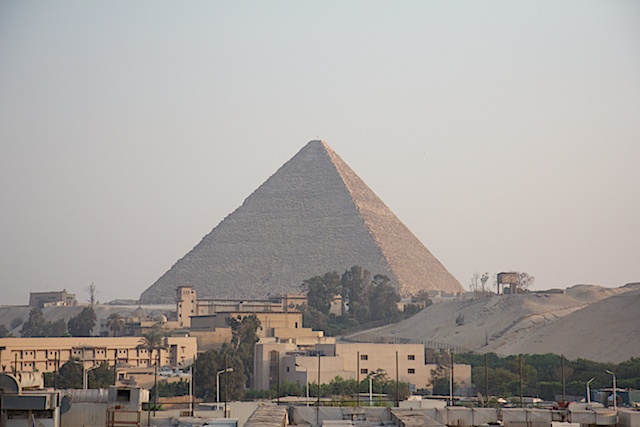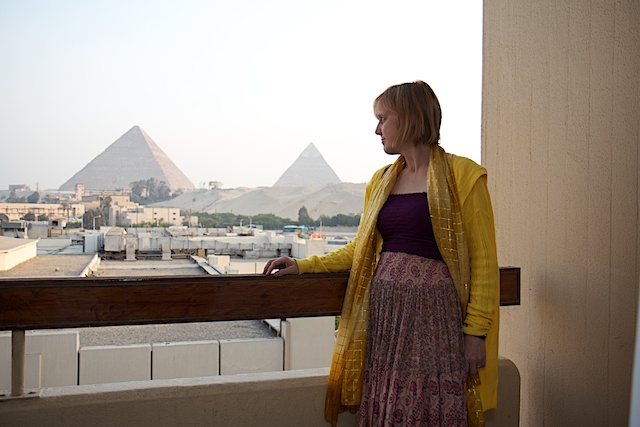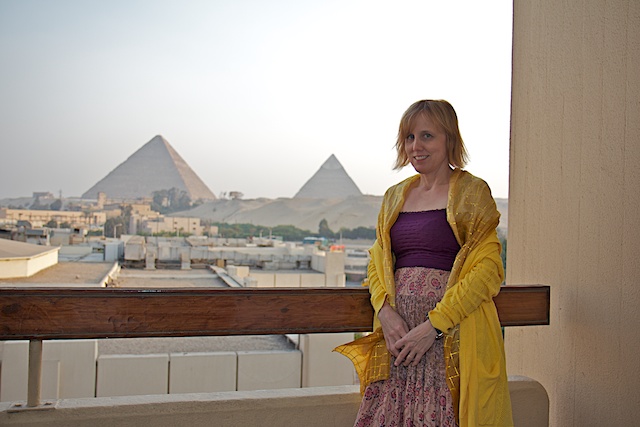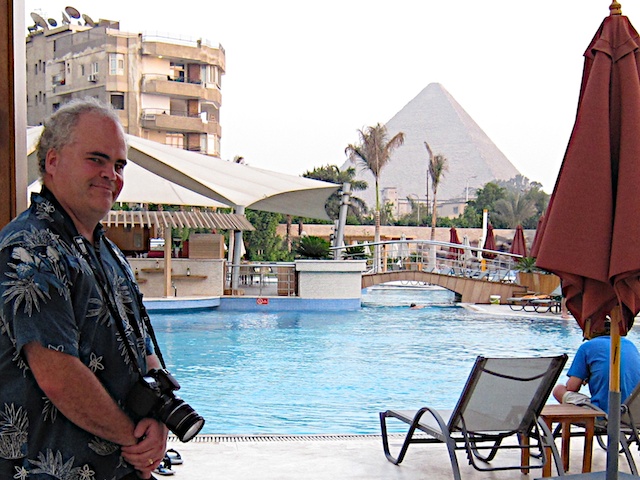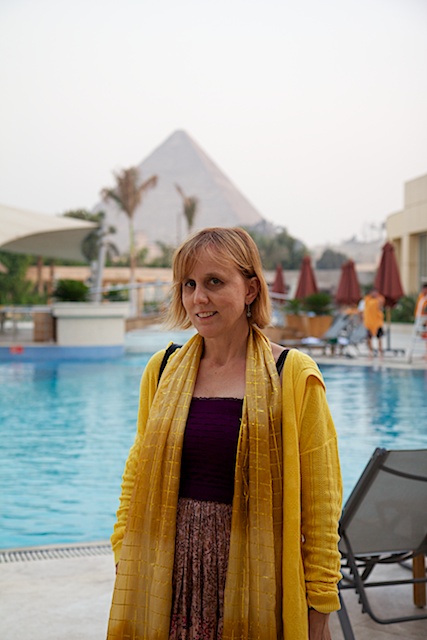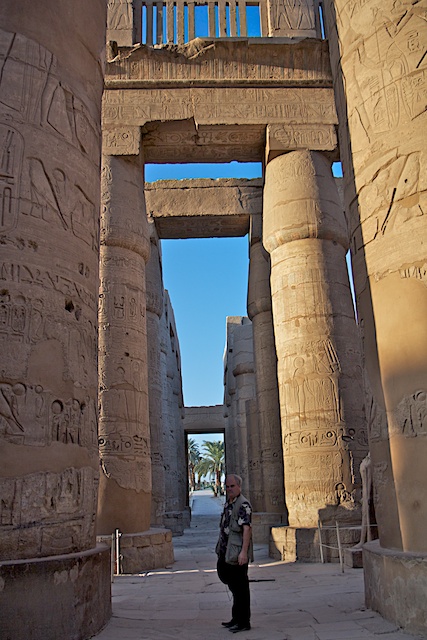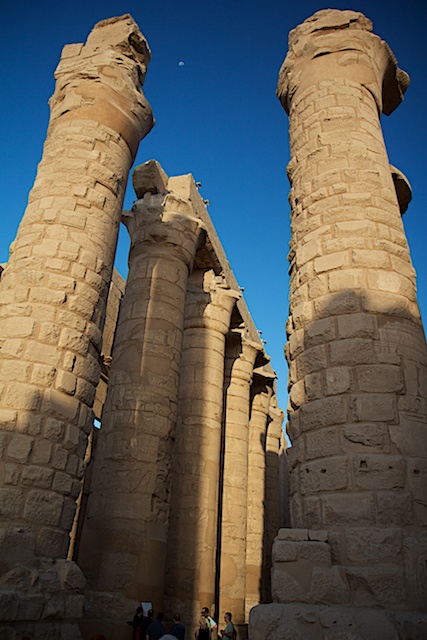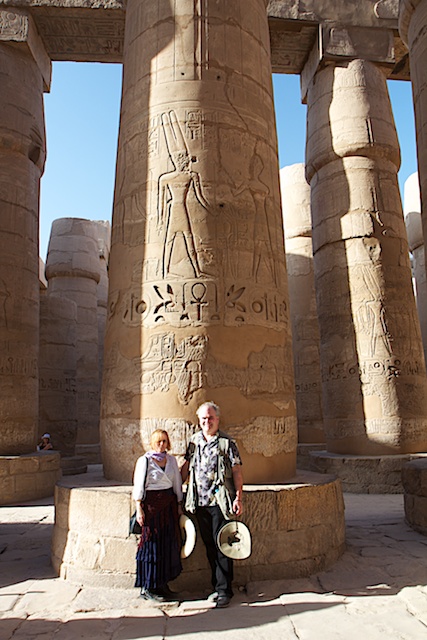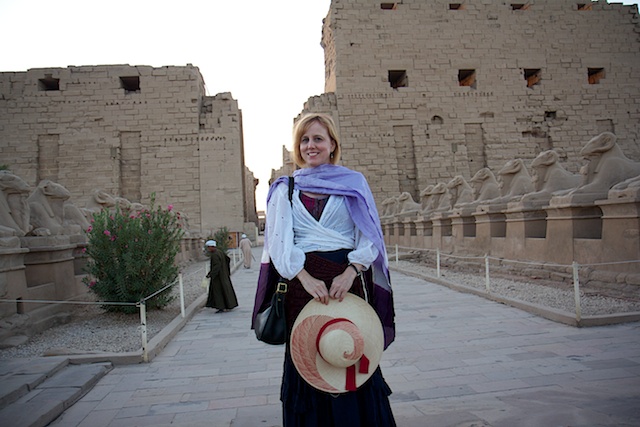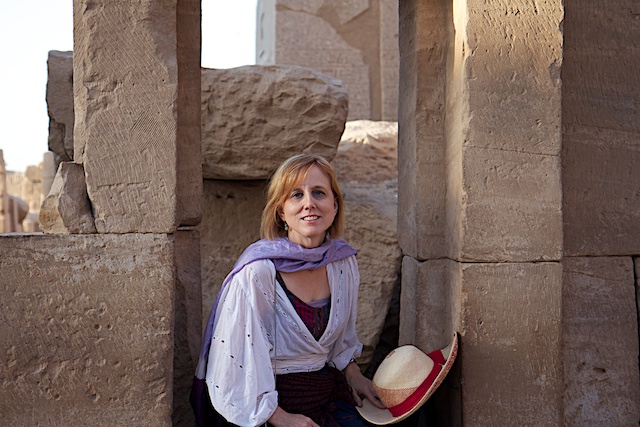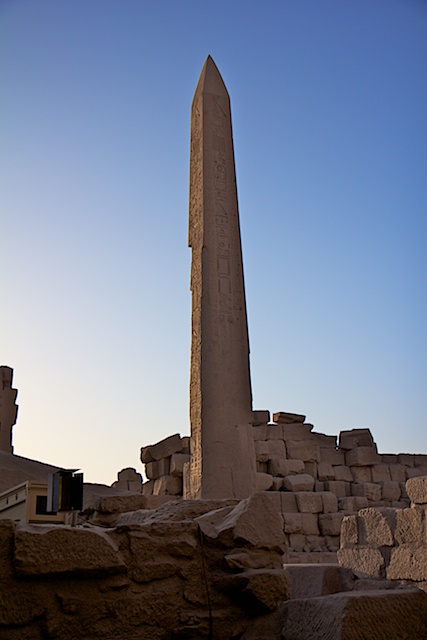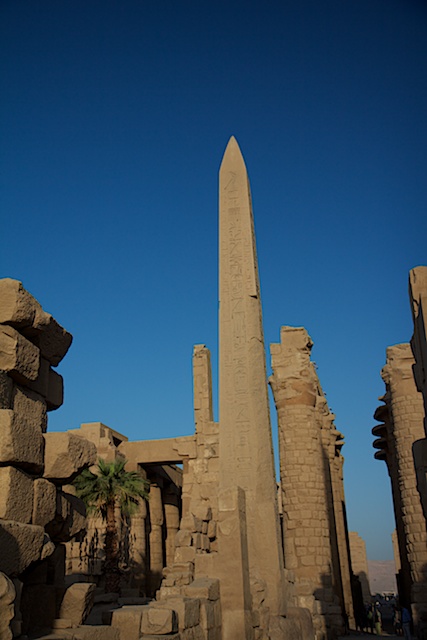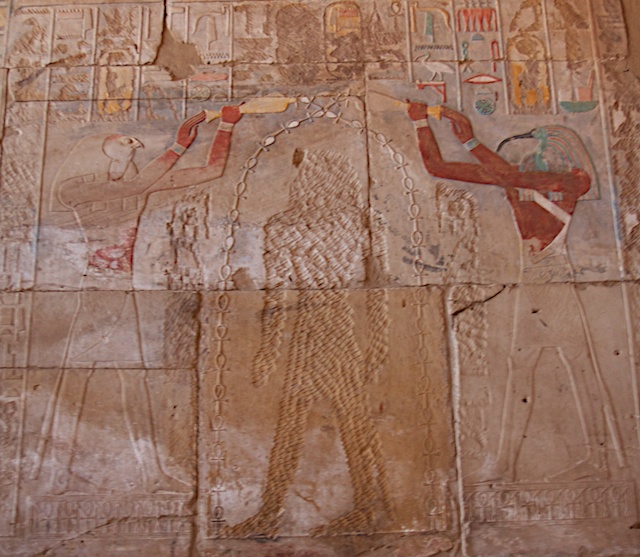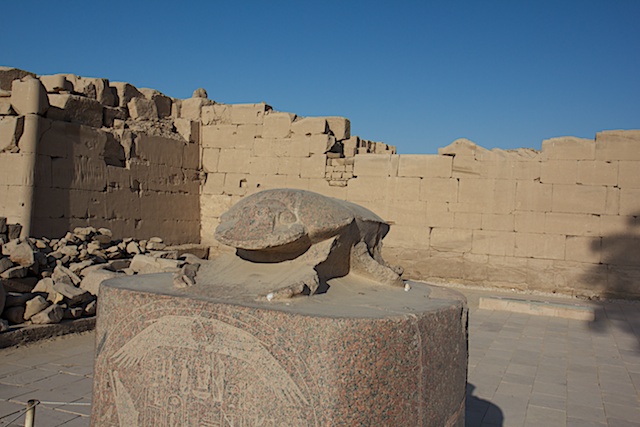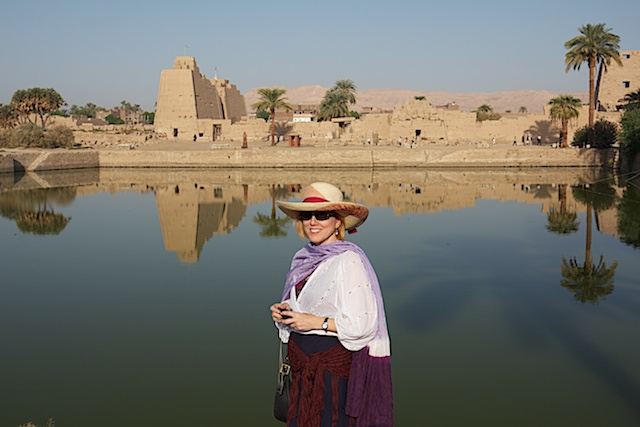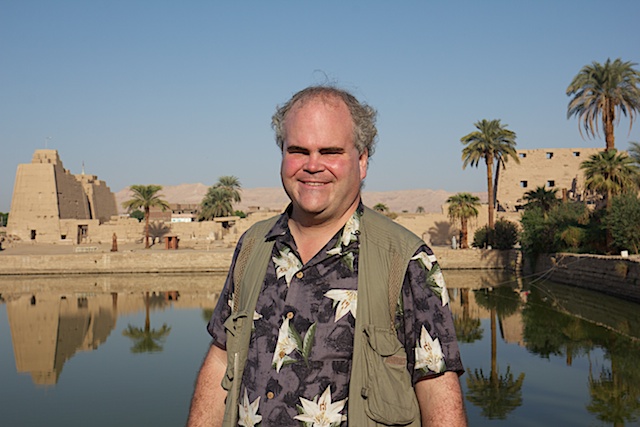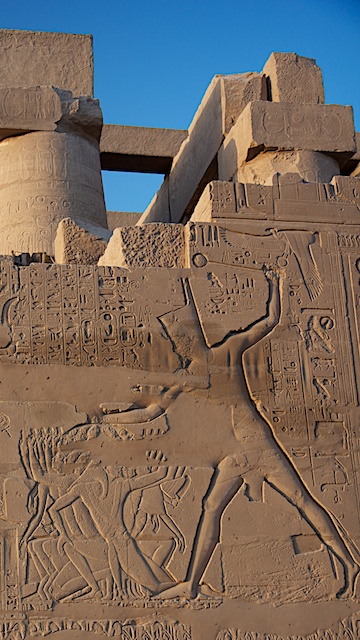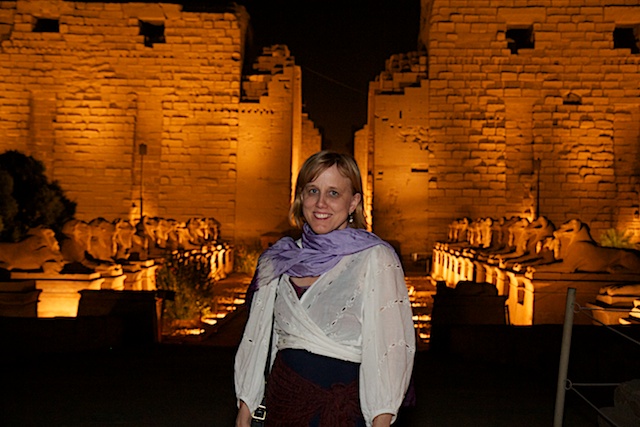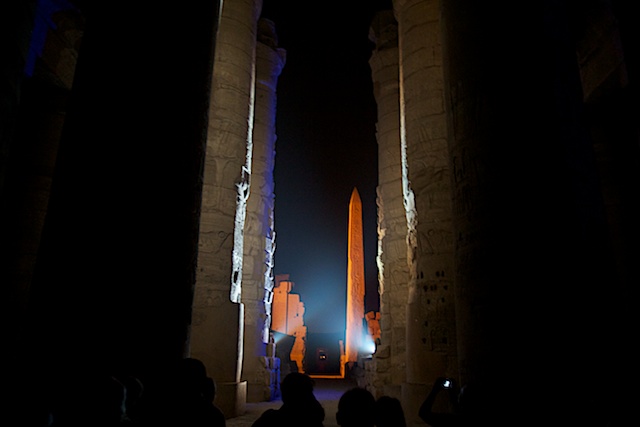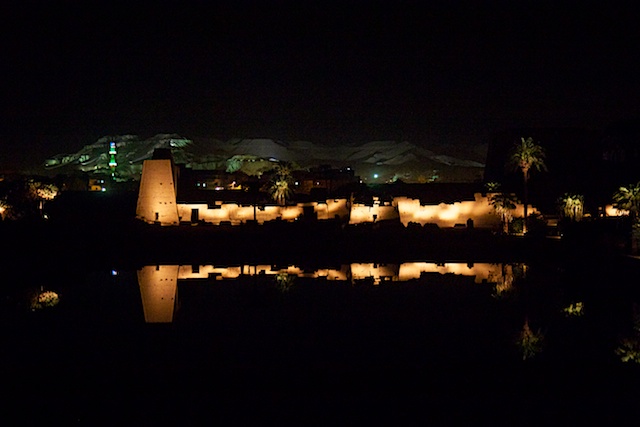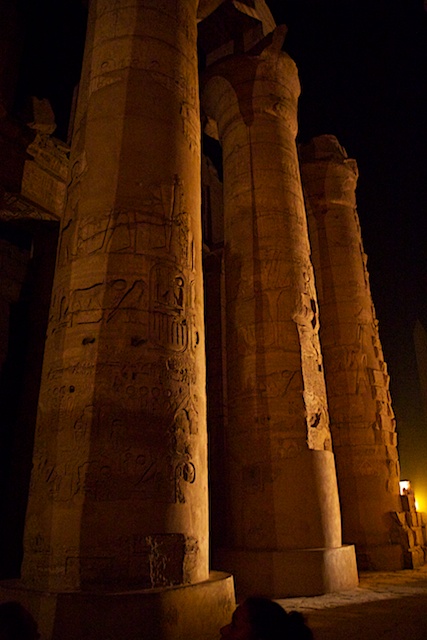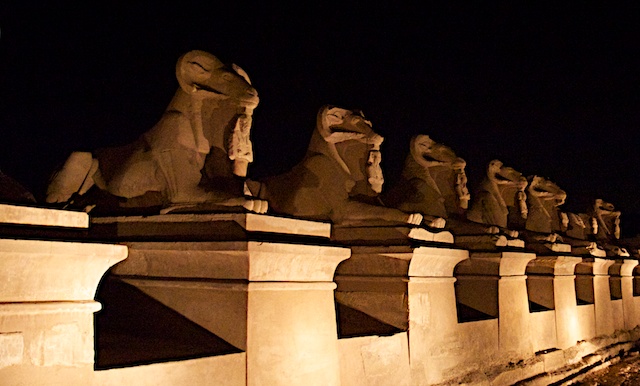As the title says, it’s been a while since I’ve updated my reading list. Â Lot of books on Egypt in here, books that I read in preparation for the trip. Â Some other stuff too. Â Here goes!
Audiobooks:
– Star Island, by Carl Hiaasen. Â I like Hiaasen’s satires, all set in Florida, including a set of crazy characters. Â This one centers around a Britney/Lindsey type of teen-star well on her way to meltdown. Â Not one of his best, but still entertaining.
– Blackout and All Clear by Connie Willis.  Time travel books about two future historians sent back in time to discover more about the London Blitz during WWII and what happens when their time machine fails.  At turns entertaining and annoying – the book spends way too long having our three intrepid heroes find each other, and when they are concentrating on their own troubles it gets rather tedious.  Still, when the characters start thinking beyond themselves, it’s entertaining.  And some of the scenes, such as the extended sequence the night that St Paul’s Cathedral almost burned down, can be riveting.
– The Curse of the Pharaohs and The Mummy Case by Elizabeth Peters.  These are two books from a series of mysteries about Amelia Peabody, an archaeologist working in Egypt from the 1880’s on.  Peabody is a delightful character: opinionated, strong willed, outspoken, and prone to encountering murders and other crimes during the digs that she and her husband Emerson carry out.  Definitely fun books, much enhanced by the fact that Peabody spends much time at sites that Julie and I visited in Egypt.
– To Sail Beyond the Sunset by Robert Heinlein.  Heinlein’s last book.  Alas, not one of his best.
E-books on the iPad:
– A Dance with Dragons by George RR Martin.  The latest book in the Song of Ice and Fire series, inspiration to the HBO series “Game of Thrones.”  Honestly, I thought this one was weak.  A whole lot of characters traveling around not doing much.  Nothing really resolved from the last book.  One character spent the whole book traveling across half the country, got where he was going, opened a door, and was brutally killed.  I’m not at the point yet of giving up on this series, but I’m getting close.
– Fuzzy Nation by John Scalzi.  Back around 50 years ago, a science fiction writer named H. Beam Piper wrote a book called Little Fuzzy about what happens when a new intelligent race is discovered on a corporation-owned colony planet.  I read and enjoyed that book back in the 70’s.  Now Scalzi has done a reboot of it.  I enjoyed the book, though not as much as I did the original.  And everyone is a bit darker than in the original, up to and including the Fuzzies themselves.
– Crocodile on the Sandbank by Elizabeth Peters.  The first of the Amelia Peabody books, referenced under audiobooks.  Lots of fun.
– Temples, Tombs, and Hieroglyphs and Red Land, Black Land by Barbara Mertz.  You know Elizabeth Peters, author of the Amelia Peabody books?  Well, it turns out that she has a PhD in Egyptology.  Further, she’s written two books on the history of ancient Egypt under her real name, Barbara Mertz.  And here they are.  Both excellent reads, wonderfully entertaining, showing Mertz’s strong opinions (I have to think that she based Amelia Peabody on herself).  If you’re interested in learning something about Egyptian history, I recommend these strongly.  Temple, Tombs, and Hieroglyphs is a chronological history that covers the political events of Egypt from its unification down through the conquest by the Romans.  Red Land, Black Land is a social history that describes how Egyptians lived during ancient times.  Both are marvelous.
– Fort Freak, edited by George RR Martin. Â The latest in the Wildcards series about people having superpowers in the real world. Â A fun read, but nothing profound here.
– Death on the Nile by Agatha Christie.  One of Christie’s classics, a Hercule Poirot murder mystery that mostly takes place on a cruise down the Nile.  I found the crime, involving as it did no less than three different people who went into the victim’s stateroom for one reason or other, two of whom were spotted by others who did not reveal what they saw for various reasons, to be a bit contrived, put there only to make the mystery more of a puzzle.  Plus I didn’t solve the mystery before the big reveal, so I’ve got some sour grapes going on there as well.  Okay if you like this kind of stuff, but not really my thing.
– Death Comes as the End by Agatha Christie.  In a hole in a tomb in Egypt they once found a series of papyrus letters from a father to his son.  The father was a minor official who often had to travel, and he sent directions to his son who managed the family homestead in the father’s absence.  The letters contained descriptions of the family, including three sons, the responsible one, his fiery-tempered younger brother, and the youngest, the apple of the father’s eye and a bit spoiled, a young widow daughter, an aunt who no one liked but the father, and others.  At one point, the father wrote that he had just acquired a young and beautiful concubine and he would be bringing her home soon.
Agatha Christie heard about these letters and decided to write a mystery about the family. Â This is that mystery. Â A murder takes place in a fictionalized version of this family, and complications ensue. Â Still more of the Christie-style puzzle-book, but I enjoyed this one a lot more for the setting in ancient Egypt and the back-story related to the letters. Â I figured out whodunnit in this one, though given that at one point or other I suspected more of the members of the family, that’s not much to brag about.
– Akhenaten by Naguib Mahfouz.  After studying Egypt, my favorite pharaoh was Akhenaten, the heretic pharaoh, father of Tutankhamun and husband to Nefertiti, who founded the world’s first monotheist religion and who revolutionized Egypt’s art.  Of course, Akhenaten tends to be the favorite pharaoh of many.  One person who was intrigued by him was Naguib Mahfouz, an Egyptian winner of the Nobel Prize for Literature, who wrote a fictionalized account of Akhenaten’s reign.  An interesting book, which tells the tale of Akhenaten from the point of view of many of the people who knew him.  A nice take on a fascinating story.
– Reamde by Neal Stephenson.  I like Neal Stephenson: his Cryptonomicon was one of my most entertaining reads of the last decade. With Reamde he gets back to his roots: hackers and world girdling action-adventure full of outlandish characters and great action sequences.  A lot of fun.
And last but not least: paper books.
– The Oxford History of Ancient Egypt by Ian Shaw. Â A history of Egypt, focusing largely on the archaeological evidence. Â Rather dry, I’m afraid. Â Lots of detail, if you can keep awake, but if you’re looking for an entertaining history, stick to Mertz.
– How to Read Egyptian by Mark Collier and Bill Manley.  Early in the summer, I had visions of learning to read hieroglyphs for the Egypt trip.  This was the book that cured me of that delusion.  While I learned my way around hieroglyphs and can recognize a few phrases and the names of pharaohs, I doubt I’ll ever learn the entire language.  Still, this was a nice book to work through, if you want a little education in the language.
– A Brief History of Egypt by Arthur Goldschmidt Jr.  A survey of the entire history of Egypt, from the days of the pharaohs through Mubarak’s rule.  I read this one to get a view of more recent Egyptian history, where “more recent” means the last two millennia.  This book gave me what I was looking for, and was a quick read.
– Look I Made a Hat by Stephen Sondheim.  I’m a huge fan of Sondheim’s musicals.  So when he came out last year with a collected lyrics of his shows through 1980, complete with his stories of how those shows were produced, comments on how to write lyrics, and his views of the top lyricists from Broadway history, I was thrilled.  I loved that book, and I loved this one, the sequel that covers the work he’s done since 1980.  Not to be missed, if you’re as much of a Sondheim fan as I am.
– Various other books on Egypt. Â I skimmed parts of a number of books on Egyptian history in preparation for the trip, but didn’t finish any of them.


